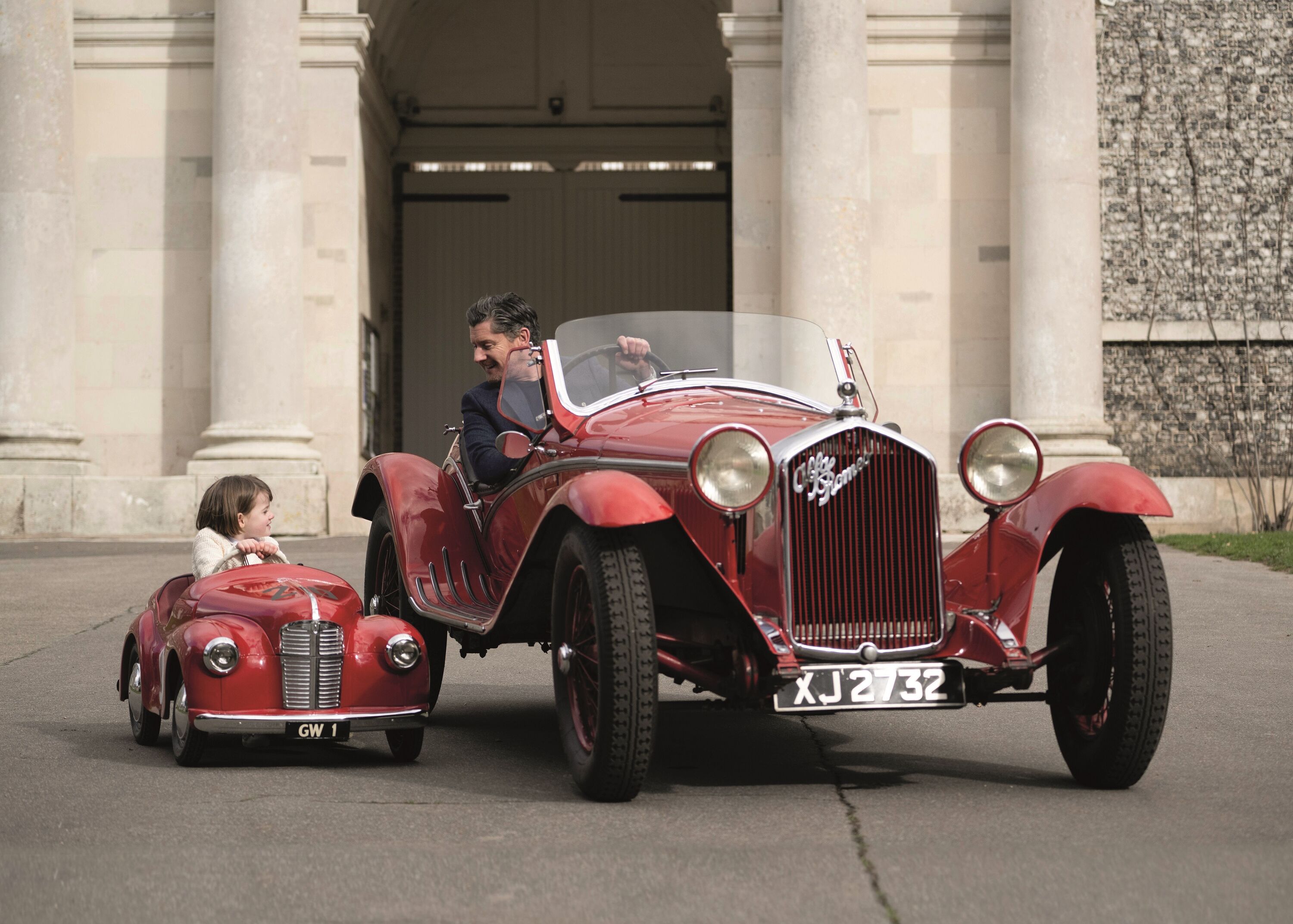When the Range Rover Sport proved its worth to me | Thank Frankel it’s Friday
 Andrew Frankel
Andrew Frankel
For someone like me it is difficult indeed to believe that this week we were introduced to the third generation of the Range Rover Sport. That’s not including facelifts, but proper start-from-scratch new cars. Because it seems like only last week I was contemplating my first drive in the original.

Frighteningly enough, it was actually 2005, and we were in North Africa. I was there for the Sunday Times back in the days when it had a decent motoring section, so an expedition had been planned to introduce me to car. It would be short in duration – we had just two days – but in that time we had to cover a four-figure mileage, many of them on the icy roads of the Atlas Mountains (it was February) and many more in the Sahara Desert. So they’d be long days too.
I started in Fez, climbing behind the wheel of the new car with its 396PS (291kW) supercharged V8 motor and heading the long way round to Marrakech, via the Atlas, the Sahara and at least one stage of what was then the Dakar rally. A thousand miles or more of the toughest driving I’d ever done. Our convoy was just four cars, three new Sports, and one fully laden Defender with every bit of survival gear you could imagine. Just in case.

In the high Atlas, the scale of what we were attempting soon became apparent. The Sport was on standard road tyres which appeared to have little hope of finding grip on the deep snow and sheet ice. Forlorn assemblies of cars, vans, buses and trucks strewed the road sides, frozen like grotesque ice statues where their final, hopeless slide had been terminated only by the deep drifts that line the roads. But by selecting the snow setting on the Sport’s Terrain Response dial, we kept going, apparently impervious to the conditions. Coming gingerly down the other side we encountered a bus broadside across the road. I stopped, stepped out of the car and soon realised the only way to stay upright was to cling to the door. Yet the Range Rover felt utterly assured. I understand something about the coefficient of adhesion, and this scarcely made sense. But there we were.
Almost as soon as we were clear, I was stopped for doing a fairly implausible speed by police. But instead of clapping me in irons and throwing me into the depths of a rat-infested Moroccan jail, they first apologised for the inconvenience and then withdrew their demand to see my driving licence when I told them it was in the Sport’s capacious boot. We were still in the foothills of the mountains, it had started to snow, and they didn’t want me getting cold.

By nightfall, the mountains were a distant memory and we were on the edge of the Sahara. So the following morning, with a very deep breath and thanking the heavens for the reassuring sight of the Defender in the wing mirrors, we headed into the desert.
Our first task was the rally stage and it looked simple enough – several hours on stony tracks leading into the world’s most famous and largest wilderness. But no-one had reckoned on the toll the scalpel sharp rocks would take on the Sport’s tarmac tyres. While the Defender, riding on seemingly bullet-proof off-road tyres encountered no problems at all, I destroyed two tyres in the first hour. Had we continued there’s no doubt we’d have had to abandon the expedition and use the Defender as a lifeboat. So we turned around, crawled out of the desert, trying to follow our own tyre tracks and took a circuitous route to the part of the Sahara I’d waited all my life to see: the Sahara where rolling yellow oceans of sand stretch for thousands of miles across the continent.
And while most car manufacturers demonstrate their off-roaders to the press on courses specially built to show them at their best, Land Rover simply pointed me at a desert larger than Europe and told me to get on with it. At first it seemed beyond daunting; ‘impossible’ would not be too strong a word. But by learning a few techniques – most importantly the value of momentum – the Range Rover Sport could do the apparently impossible. Yes, I got stuck more times than kept going, and I became a very adept spade handler, but we plodded on.
It was early evening before we were finally freed from its sandy embrace. Assured by our Moroccan fixers that we were far too far from civilisation for there to be any chance of coming across local law enforcement, we headed for Marrakech on a flat, narrow bumpy road that ran arrow-straight to the horizon at a speed that, had I been caught doing it on UK roads, would have promoted my story from an inside page of the Times’ Driving section to somewhere near the front of the main newspaper. And for all the wrong reasons.
We’d planned all day the feast of dead cow and alcohol we’d devour that night, but by the time we reached our hotel, a quick couple of beers was all I could manage before flopping exhausted onto my bed.
That car came in for a lot of criticism at the time. It was ugly, it didn’t ride properly and it was really just a Disco 3 in party gear. I didn’t much like it myself, but I did admire it. Because over those two days it proved its name was not a contradiction in terms. And over the years that followed it proved what a good idea it had been all along, by become the fastest selling Land Rover product in history.
Range Rover Sport
Off-road
Thank Frankel it's Friday









